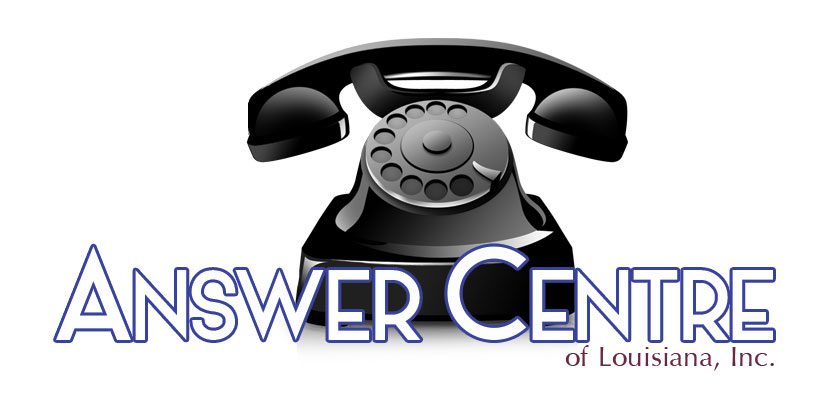In today’s business world, fast support helps keep customers happy and loyal. Companies now use an automated answering service. This system answers calls and digital requests without long delays. It deals with inquiries fast, cuts wait times, and lets human agents fix hard issues. In this article, we show how automated services boost support, list key benefits, and give clear steps to start.
What Is an Automated Answering Service?
An automated answering service is a phone or online system. It talks with customers without a human present. Using tools like Interactive Voice Response (IVR), chatbots, or AI virtual assistants, the service handles simple questions, sends calls to the right place, and even does small transactions. The system gives quick, correct answers. It keeps responses and customer experience steady.
Benefits of an Automated Answering Service in Customer Support
Adding an automated answering service gives many benefits. It helps your support work faster and better:
1. 24/7 Availability
Automated services work day and night. They serve customers outside normal hours. This fast help makes customers happy and loyal.
2. Reduced Wait Times and Call Volume
The service handles routine questions. It cuts the number of calls that need live agents. Shorter wait times improve each contact. This also eases support teams.
3. Cost-Effectiveness
Automation lowers costs. It means fewer call center staff are needed. Companies save money on wages, training, and hardware. They still offer high service levels.
4. Increased Accuracy and Consistency
Automated answers do not make human errors. They give the same updated message each time. So, customers get clear and correct information.
5. Enhanced Agent Productivity
When simple calls are handled by automation, agents focus on complex topics. This improves employee mood and raises service quality.
How Automated Answering Services Work
Most services use these technologies:
-
Interactive Voice Response (IVR):
Callers press phone keys or speak commands to choose options. They get answers or are directed quickly. -
AI-Powered Chatbots:
Chatbots appear on websites or messaging apps. They chat with customers using natural language and answer immediately. -
Virtual Assistants:
These smart systems understand context and intent. They give personal answers and pass on hard issues when needed.
This mix of tools helps the system handle customer requests and gives quick solutions.

Implementing an Automated Answering Service: Best Practices
To use an automated answering service well, plan the steps clearly:
-
Identify Common Inquiries:
Look at past contacts. Find the frequent questions and tasks that automation can serve. -
Design Clear Interaction Flows:
Build simple menus that guide each customer. Keep steps short to avoid frustration. -
Ensure Seamless Human Handoff:
Let customers choose a live agent if their problem is too hard for the system. -
Regularly Update Content:
Check and change scripts. Ensure that all answers stay correct and clear. -
Monitor Performance Analytics:
Track call data and feedback. Use findings to make the system even better.
Real-World Impact: Case Study Example
Companies show quick gains in support when they use an automated answering service. One large telecom firm cut agent calls by 30% and solved calls 20% faster. The firm used an IVR system with AI chatbots (source: Forrester Research). This result comes when key word pairs stay connected, and each idea flows closely.
Advantages Over Traditional Support Models
Automated services scale and respond faster than human call centers. They handle busy times without loss of quality. Plus, automation keeps the brand message clear and helps collect useful customer data.
List: Key Features to Look for in an Automated Answering Service
-
Natural Language Processing (NLP):
This tool helps the system understand many customer queries. -
Multichannel Integration:
Support works with phone, web chat, SMS, and social media. -
Customization Options:
Scripts and menus can match the company tone exactly. -
Real-Time Analytics Dashboard:
Quick checks let you adjust on the fly. -
Robust Security Protocols:
The system guards customer data and meets rules. -
Easy Integration:
It works with current CRM and support software.
Frequently Asked Questions (FAQs)
Q1: What is an automated answering service, and how does it differ from a live call center?
An automated answering service uses tools like IVR and chatbots to talk with customers. It gives fast help without waiting for a call center agent. Unlike live centers, it works non-stop and gives instant answers.
Q2: Can an automated answering service improve customer satisfaction?
Yes. Fast responses, 24/7 service, and clear answers help raise customer satisfaction and support performance.
Q3: Is it difficult to integrate an automated answering service with existing systems?
Modern automated services bring simple integrations. With flexible APIs and good support, linking with CRM and other tools is smooth.
Conclusion: Elevate Your Customer Support with Automation
An automated answering service is a strong tool for any business. It boosts support by handling simple tasks, working nonstop, and solving issues fast. Companies enjoy improved customer experiences and lower costs. To stay competitive and responsive, use a smart automated answering system.
Explore options that fit your needs today. Watch your customer satisfaction and efficiency grow as each word links clearly to the next.


